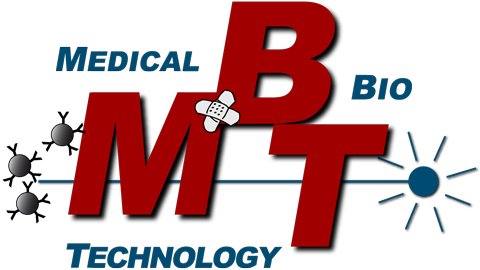The IsoStretcher
IsoStretcher and cardiac Mechano-Signaling: ‚Cell-in-a-Gel‘ 3D Hydrogel Approach
In collaboration with the Victor Chang Cardiac Research Institute (Sydney), we are interested in studying the effects of mechanic stress on electro-chemical signaling in adult cardiomyocytes, commonly also referred to as mechano-electric feedback (MEF). MEF has gained much attention in recent years as a mechanistic feedback loop on the single cell level to tune cardiac contractility and calcium signaling toward mechanical demands. Both, cell contraction during systole, and stretch during diastole must be sensed and transduced into intracellular signaling cascades. This can be either short-term, on a beat-to-beat basis, or long-term in situations of cardiac remodeling, e.g. following endurance exercise or under pathophysiological conditions (e.g. constrictive or dilative heart failure). Mechanosensitive ion channels (MsC) are prime candidates for such membrane-integrated strain sensors that also act as ion conduits, for instance for calcium ions. In older studies, we documented a positive inotropic calcium influx in contracting adult ventricular rat cardiomyocytes on a beat-to-beat basis that was abrogated by blocking MsC with the spider peptide GsMTx-4 (Friedrich et al. 2012). However, in order to study passive strech in cardiomyocytes, only tedious methods had previously been available (reviewed in Friedrich et al. 2017). With the IsoStretcher technology, we aimed to study Ca2+ fluorescence in adult CMs under isotropic stretch. After many unsuccessful attempts to adhere adult CMs to PDMS membranes using a variety of coatings, we turned to a ‚cell-in-a-gel‘ approach, embedding adult ventricular CMs in a thin poylvinyl-alcohol-based (PVA) hydrogel in 3D (see figure below). Tuning the stiffness and porosity of such embedding (Friedrich et al. 2017), single CMs can be pharmacologically manipulated, but the prolonged diffusion through the gel needs to be taken into account (see figure below). With this downstream processing technique, we can demonstrate the induction of stretch-induced arrhytmias on the single CM level, as shown for 15% sudden radial stretch to the hydrogel and CM, respectively. The figure also shows that the field of view and focus remains very stable following destretch and restretch of the sample (C)(Friedrich et al. 2019).
Figure: ‚Cell-in-a-gel‘ isotropic stretch of adult ventricular mouse cardiomyocytes (CM). A, embedding of CMs in a thin layer of PVA hydrogel on top of the PDMS stretch substrate. B, confocal Fluo-4 Ca2+ imaging sequence of embedded single CM with spontaneous Ca2+ waves reacting to ionomycin with maximum Ca2+ entry and contracture. The ~2.5 min delay is due to diffusion barrier of the gel. C, first direct demonstration of instantaneous triggering of arrhythmic Ca2+ activity with afterdepolarizations (arrows) in response to a sudden 15% radial stretch (from Friedrich et al., 2019).
References:
- Friedrich O, Merten AL, Schneidereit D, Guo Y, et al. (2019) Stretch in Focus: 2D in-planar cell stretch systems for studies of cardiac mechano-signaling. Front Bioeng Biotechnol. 7:184. doi: 10.3389/fbioe.2019.00184.
- Friedrich O, Schneidereit D, Nikolaev YA, Nikolova-Krstevski V, et al. (2017) Adding dimension to cellular mechanotransduction: Advances in biomedical engineering of multiaxial cell-stretch systems and their application to cardiovascular biomechanics and mechano-signaling. Prog Biophys Mol Biol. 130(Pt B):170-191. doi:10.1016/j.pbiomolbio.2017.06.011.
- Friedrich O, Wagner S, Battle AR, Schürmann S, et al. (2012) Mechano-regulation of the beating heart at the cellular level–mechanosensitive channels in normal and diseased heart. Prog Biophys Mol Biol. 110(2-3):226-38. doi:10.1016/j.pbiomolbio.2012.08.009.
